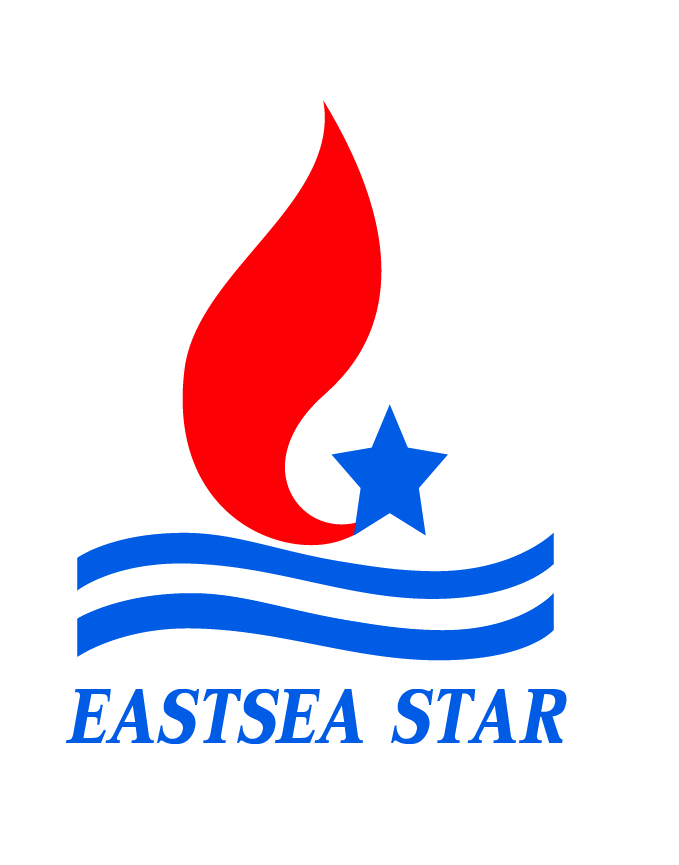Intergrated eight software modules into one, for any size company
Reservoir simulation software has been built from the ground up – not patched together from old code. Now reservoir modeling is user-friendly and easy for everyone to use and understand, from engineers to geophysicists to the finance-types on the team.
No matter if your company is a vertically integrated major or a small E&P operator, the modules are built to work for you – the software is completely scalable (and priced competitively).
Together, these modules are collectively known as tNavigator — the first and only truly integrated 3D reservoir simulation software available anywhere.
All eight tNavigator modules were written by the same programming team using C++ programming language and the CUDA graphic processing unit (GPU) application development interface (API). The software’s parallel technology takes full advantage of multicore CPU and GPU processing power and unlocks the full potential of modern computing hardware.
The modules can run on Linux, Unix, Windows (64-bit) OS computers, laptops and workstations, or can be installed on a high-performance computing (HPC) cluster. Or you can run them from the cloud. Wherever the software resides, all eight modules fit together hand-in-glove:
- Geology Designer (for building static reservoir models)
- Pressure/Volume/Temperature (PVT) Designer
- Model Designer (for building dynamic reservoir models)
- Vertical Flow Performance (VFP) Designer
- Network Designer
- Simulation engines for black oil, compositional or thermal compositional
- Single, multi-window Graphical User Interface (GUI) results for all three simulation engines
- History Matching and Uncertainty Analysis
tNavigator users have interactive control of their simulation runs. They can monitor every step of the runtime reservoir simulation AND can – with just a mouse-click – directly interrupt and change simulation configurations. Just like that!
Shale plays. Heavy oil. Tight rocks. There are so many unknowns. How can you model how fluids move when the subsurface structures have minimal permeability? Unconventional reservoir simulations can help operating companies develop additional resources and uncover reserves that might otherwise remain untapped.
With tNavigator, you can build simulation cases to calculate the effects of enhanced oil recovery (EOR) technology on production. It’s easy to do under a variety of geological and development scenarios thanks to tNavigator’s interactive interface.
Want to learn more, or try tNavigator yourself? Visit the Contact Us page on our website



